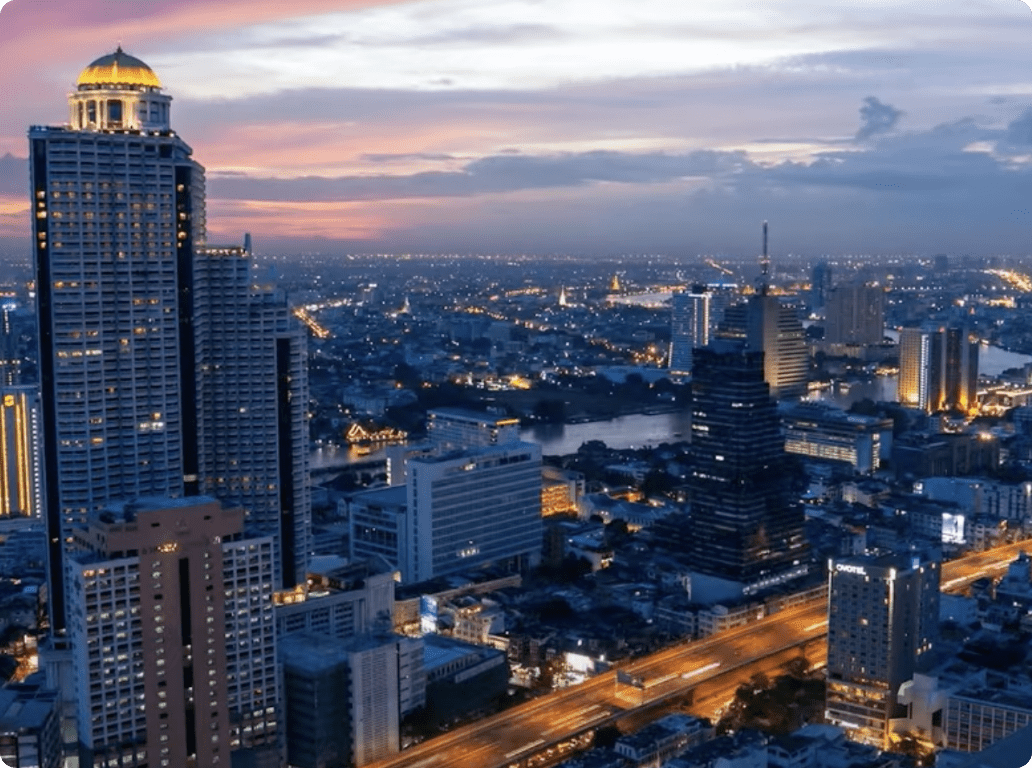Zero-Emission Thermal Power
Touch it to see the description.
The challenge of creating combustion without CO₂ emissions. “Energy for a New Era”
As an energy-sector pioneer, we are advancing Zero-Emission Thermal Power to contribute to Japan’s decarbonization. A commemorative video for the fuel ammonia demonstration project at the Hekinan Thermal Power Station, a cornerstone of this initiative.
Renewable energy is key to decarbonization, but it alone cannot solve every challenge.
Our work on Zero-Emission Thermal Power generation aims to drive decarbonization while addressing the challenges of renewable energy. Together with global partners, we strive for Net-Zero CO2 Emissions by 2050.
Towards decarbonization and the elimination of fossil fuels. Achieving a 20% ammonia substitution rate.
Modification to implement the demonstration test was carried out at the Hekinan Thermal Power Station while continuing to generate power.
Successfully achieved 20% substitution without increasing NOx or SOx, which affect the ecosystem.
-
・While continuing to operate the Hekinan Thermal Power Station to ensure a stable electricity supply, the modification of Unit 4 *1 to install the 20% ammonia burner was completed during the major three-month inspection period.
-
・The world’s first large-scale demonstration test of 20% ammonia substitution at a commercial coal-fired thermal power plant *2 began on April 1 (first ignition) and achieved 20% substitution on April 10.
-
・Compared to the previous coal only operation, it was confirmed that NOx emissions remained unchanged, while SOx emissions decreased by approximately 20%. Additionally, N₂O, a potent greenhouse gas, was not detected (below the detection limit), indicating favorable results.*3
-
※1Conducted at the No.4 thermal power generator at the Hekinan Thermal Power Station out of a total of 5 thermal power generators.
-
※2 NEDO: “Carbon Recycling and NextGeneration Thermal Power Generation Technology Development / Ammonia CoFiring Thermal Power Generation Technology R&D and Demonstration Project” (Project lead: JERA/IHI)
-
※3 Final evaluation to be conducted separately
Not just CO₂, contributing to the reduction of NOx/SOx emissions for the conservation of ecosystems
High-performance denitrification (De-NOx) and desulfurization (De-SOx) systems have already been installed to reduce our NOx and SOx emissions to the world's lowest level. As we move forward with ammonia substitution, we are also adopting the latest technologies such as low-NOx burners, to suppress NOx generation during combustion.
※ In fact, during the large-scale demonstration at Hekinan Thermal Power Station Unit 4, we confirmed that NOx levels were comparable to those before ammonia substitution, while SOx levels decreased by approximately 20%.
Source: NOx Emissions = OECD Statistics; Generated energy = IEA, World Energy Balances
We can propose the optimal solution for achieving Zero Emissions in all countries.
-
・Each country and region has their own unique geographical conditions, land area, and stage of their economical development. There is no one-size-fits all solution, a combination of options will be necessary to tailor the optimal solution.
-
・Zero-Emission Thermal Power is one of these options.




